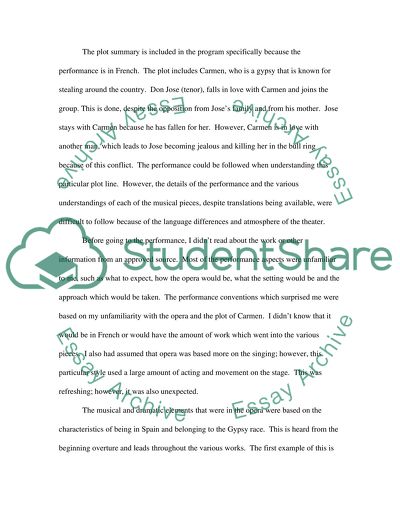Cite this document
(“Opera Report-Carmen(Bizet) Essay Example | Topics and Well Written Essays - 1000 words”, n.d.)
Retrieved from https://studentshare.org/music/1422878-opera-report-carmenbizet
Retrieved from https://studentshare.org/music/1422878-opera-report-carmenbizet
(Opera Report-Carmen(Bizet) Essay Example | Topics and Well Written Essays - 1000 Words)
https://studentshare.org/music/1422878-opera-report-carmenbizet.
https://studentshare.org/music/1422878-opera-report-carmenbizet.
“Opera Report-Carmen(Bizet) Essay Example | Topics and Well Written Essays - 1000 Words”, n.d. https://studentshare.org/music/1422878-opera-report-carmenbizet.


